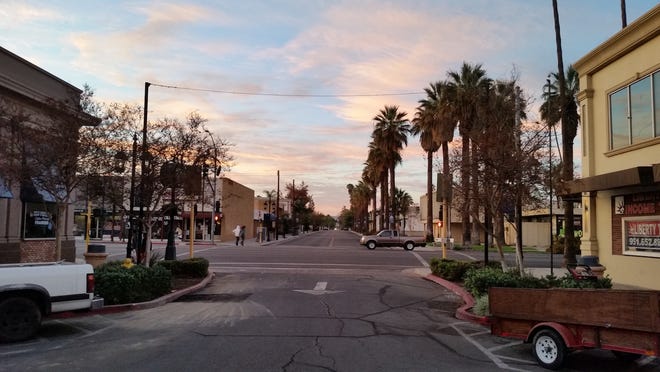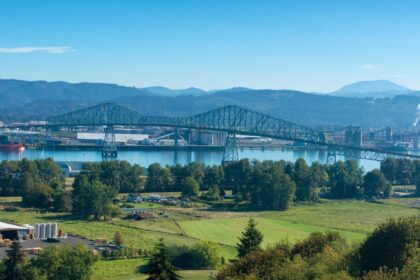Hemet is a city in the San Jacinto Valley in Riverside County, California. Take a look below for 20 amazing and fun facts about Hemet, California, United States.
1. It covers a total area of 27.8 square miles (72 km2), about half of the valley, which it shares with the neighboring city of San Jacinto.
2. The population was 78,657 at the 2010 census.
3. The founding of Hemet, initially called South San Jacinto, predates the formation of Riverside County, when the land was still part of San Diego County.
4. The formation of Lake Hemet helped the city to grow and stimulated agriculture in the area.
5. The city is known for being the home of The Ramona Pageant, California’s official outdoor play.
6. Started in 1923, the play is one of the longest running outdoor plays in the United States.
7. Hemet has been named a Tree City USA for 20 years by the Arbor Day Foundation for its dedication to the local forest.
8. The city is home to the Hemet Valley Medical Center, a 320-bed general hospital.
9. Hemet received its name from the company that founded the town, The Lake Hemet Land Company. The company drew its name from Hemet Valley, now called Garner Valley, located in the San Jacinto Mountains.
10. Initially the company referred to the area as South San Jacinto, but changed the name to Hemet when the land company filed a plat map on November 11, 1893.
11. The Soboba People and Cahuilla tribe are the original inhabitants of the area. The tribe was moved to the Indian reservation near San Jacinto.
12. During the early 19th century, the land was used for cattle ranching by Mission San Luis Rey, which named the area with the settler name Rancho San Jacinto. In 1842, José Antonio Estudillo received the Rancho San Jacinto Viejo Mexican land grant.
13. In 1887, during the first major Southern California land boom, W.F. Whittier and E.L. Mayberry founded the Lake Hemet Water Company, and the Lake Hemet Land Company.
14. They named the town Hemet in November, 1893. In 1895, the Hemet Dam was completed on the San Jacinto River, creating Lake Hemet and providing a reliable water supply to the San Jacinto Valley. This water system was a major contribution to the valley’s development as an agricultural area.
15. By 1894, the area had a newspaper, the Hemet News, and “several general stores”, the largest being Heffelfinger & Co, which occupied an entire block. There were “a drug store, an excellent barber shop, two blacksmith shops, harness shop, shoe repairing houses, two real estate offices and two lumber yards.”
16. Hemet was incorporated in January 1910. Of 177 residents, 130 voted to incorporate, with 33 against. Those who voted against incorporation were landowners who feared increased taxation. The incorporation helped to serve the growing city, which was outgrowing its current infrastructure.
17. Served by a railroad spur from Riverside, the city became a trading center for the San Jacinto Valley’s agriculture, which included citrus, apricots, peaches, olives and walnuts. The city has long hosted the Agricultural District Farmer’s Fair of Riverside County, which began in 1936 as the Hemet Turkey Show, now located in Perris.
18. During World War II, the city hosted the Ryan School of Aeronautics, which trained about 6,000 fliers for the Army Air Force between 1940 and 1944. Hemet-Ryan Airport exists today at the site of the flight school. In 1950, Hemet was home to 10,000 people, joining Corona and Riverside as the three largest cities in Riverside County.
19. Hemet was once a sundown town, where African Americans were not allowed to stay overnight.
20. In the 1960s, large-scale residential development began, mostly in the form of mobile home parks and retirement communities, giving Hemet a reputation as a working-class retirement area. In the 1980s, subdivisions of single-family homes began to sprout up from former ranchland, with “big-box” retail following. After a roughly decade-long lull in development following the major economic downturn of the early 1990s, housing starts in the city skyrocketed in the early 21st century.




